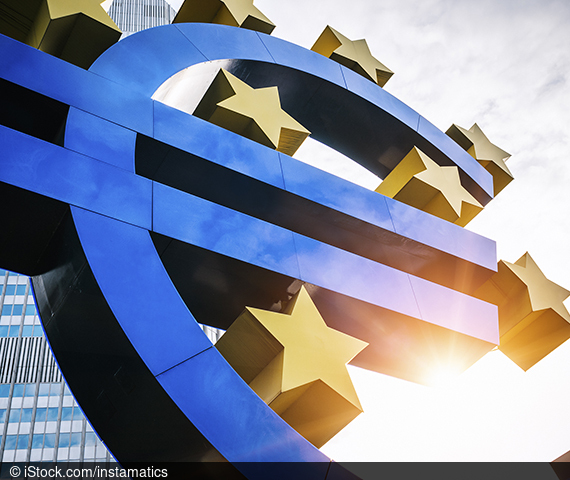A Cut in Interest Rates Is the Lesser of Two Evils
ResearchZEW Expert Brief: Impending ECB Decision on Monetary Easing
Lately, the European Central Bank’s (ECB) behaviour has given rise to high expectations in the markets it cannot, however, fulfil. The conceivable options for a renewed monetary easing are all associated with considerable side effects, making a rate cut the lesser of two evils, and the Governing Council buying new bonds a definitive no-go. In the run-up to the ECB decision on Thursday, Professor Friedrich Heinemann, head of the Research Department for “Corporate Taxation and Public Finance” at the economic research institute ZEW, presented these central conclusions together with an expertise on the available ECB options in a ZEW expert brief.
The starting point of the ZEW expert brief was the fact that in recent months, the Governing Council of the ECB has prepared the markets for a renewed easing of monetary policy — but it's unclear which instruments should be used for it. According to the ZEW expertise, new purchases of government bonds are associated with considerable risks. Due to growing scarcity, the ECB would have to invest increasingly more in bonds from highly indebted EU countries according to the author’s assessment. A large part of the Eurosystem's central banks would then, in the future, acquire bonds with negative yields — all of this pushing the ECB in the direction of problematic monetary state financing.
A further option recommends extending the ECB's „forward guidance“, which provides information about its future monetary policy. But even „forward guidance“ suffers under ever stronger limits. If the ECB tries to stretch itself too far and too much over a period of several years, it could damage its own credibility and reputation. A further expansion of the long-term credit programmes for banks („targeted longer-term refinancing operations, TLTROs“) is also associated with considerable side effects because the ECB is increasingly pursuing a bank structure policy in favour of banks with poor credit ratings, according to the ZEW expertise.
The ECB is in a self-inflicted predicament
Friedrich Heinemann notes that this leaves the classic instrument of a further interest rate cut, as well as an intensification of the negative interest rate, as the only viable options. Here too, however, the negative consequences are considerable; there have been increasing risks of bubbles forming in asset prices. Last but not least, the reputation of the independent central bank is becoming increasingly damaged in the eyes of the northern euro countries, as the negative interest rate policy is highly unpopular among savers. The consequences of even more negative interest rates for bank profitability could, however, be limited by a graduated interest rate system for bank deposits in the Eurosystem. Only deposits above a fixed amount would then be subject to the negative interest rate.
„The ECB is in a self-inflicted predicament and has no choice but to deliver now. So, ultimately, a further moderate reduction in interest rates is the lesser of two evils here,“ says Friedrich Heinemann. The priority for the ECB — under its new President from November onwards—should be to stop raising exaggerated expectations about its steering capacity. „Negative interest rates and ECB asset purchases will not remove the underlying obstacles to a sustainable recovery of the Eurozone. The ECB should therefore not compensate for the policy failures of the member states nor even favour these failures by generously providing indirect financing of government debt,“ concludes Heinemann.

